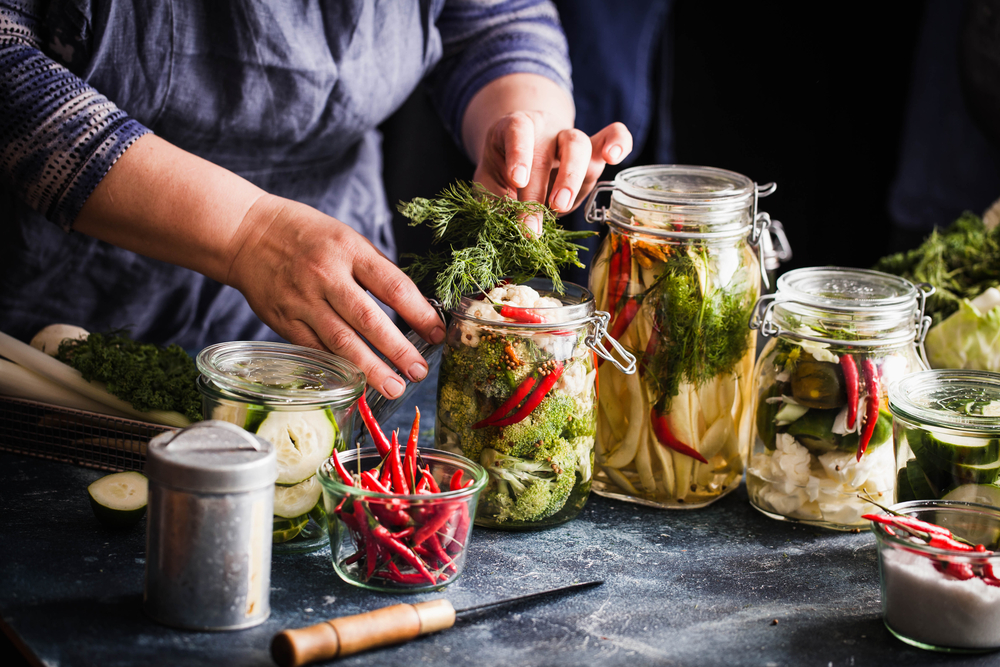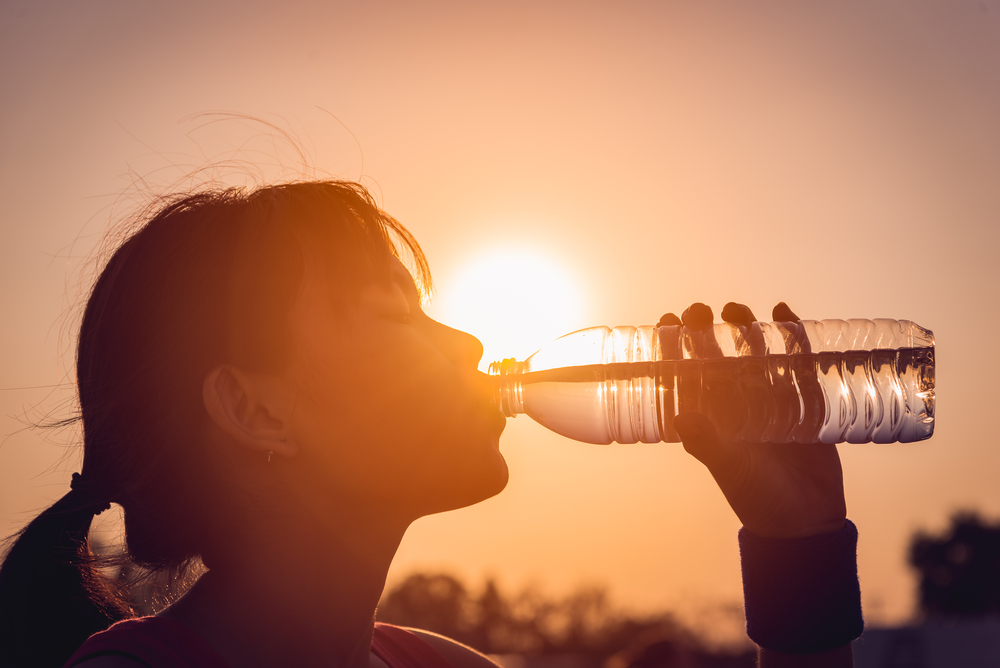Back Home Food Preservation Tips
August 03, 2023
Home>> Home Food Preservation Tips
Canning, pickling, fermenting, drying, and curing, humans have discovered dozens of ways to make fresh produce last all year long. If you’re worried about losing your summer harvest to spoilage, these 5 food preservation tips are sure to inspire you with new and creative ways to enjoy this season’s yield.

The goal of food preservation is to prevent rotting and spoilage, most often caused by bad bacteria growth. Food preservation attempts to prevent or slow that process and food can last for a longer period of time. These tips will explain how each preservation process slows the spoil timeline and which meats, produce, or dairy products would be best to use them with.
Pickling
Vinegar pickling creates a high-acid environment that kills off microbes and causes food to change in flavor and texture. Vinegar, salt, and sugar are heated and added to fruit or vegetables to make pickles of cucumber, okra, apples, beets, peppers, carrots, onions, cauliflower, green beans, and plums.
Canning
This process involves placing foods in canning jars and heating them to a high temperature to destroy the microorganisms that cause food to spoil. During the heating process, air is pushed out of the jar, and as the cans cool, a vacuum seal forms. Canning in a bath of boiling water is ideal for high-acid foods, like fruits and fruit juice, pickled vegetables, salsa, chutneys, vinegars, and condiments. Water bath canning requires extended cooking time at a low temperature to destroy the mold, yeast, and enzymes that cause spoilage while making a vacuum seal for long-term storage.
You can also try pressure canning with involves using high temperatures (240°F). Special equipment can be used to preserve low-acid foods, like vegetables, dairy, meat and seafood, legumes, and soups. Check out this Presto Precise Digital Pressure Canner, our favorite for the pressure canning process!
Fermenting
Fermentation is a chemical reaction in which microorganisms convert carbohydrates to alcohol or organic acids under anaerobic conditions. This process creates some of our favorite funky foods like cheese, yogurt, kombucha, sauerkraut, kimchi, and sourdough bread.
Drying
Drying foods inhibit the growth of bacteria, yeasts, and mold through the removal of moisture content. Dehydration has been practiced since ancient times with prehistoric peoples sun-drying seeds. Electric food dehydrators, ovens, and freeze-drying are now speeding up the process that was traditionally done by sun and air. Foods that dehydrate well are fruits, vegetables, legumes, spices, meat, and fish.
Curing
Before industrial refrigeration, most foods were cured using sugar, salt, or a mixture of both. Salt and sugar reduce the water content and inhibits microbial growth in meats, fruits, and vegetables aiding in preservation. Common sugar-preserved foods are jams and jellies, while salt cod, salt pork, corned beef, and bacon are common foods preserved with salt.
We hope you enjoy these top tips for preserving your summer harvest. Each process can completely alter or augment the flavors and textures of familiar fresh produce. But they also serve to enhance the experience and see these familiar foods in a whole new light!







